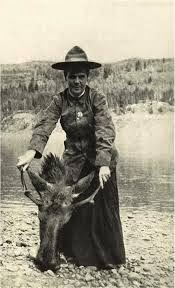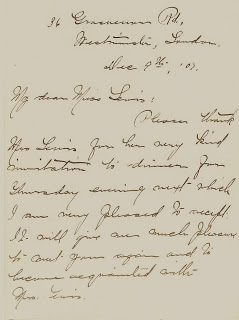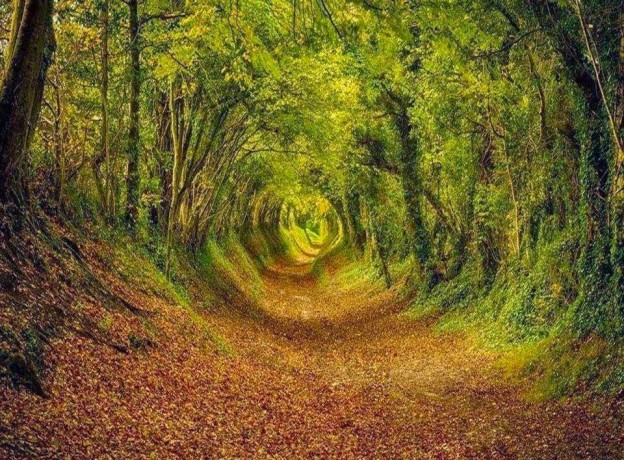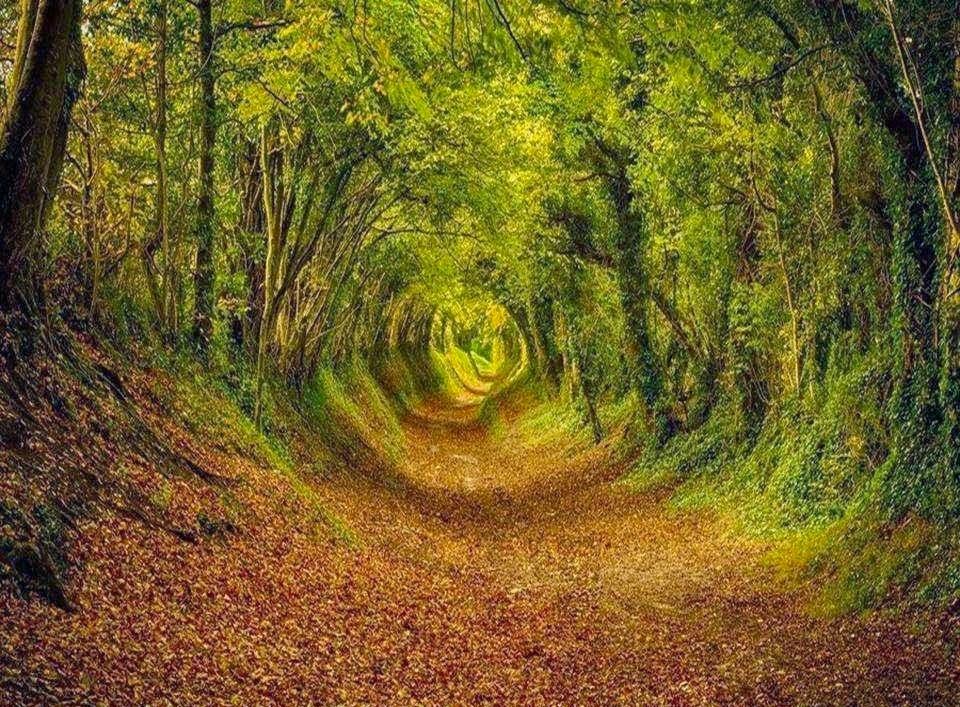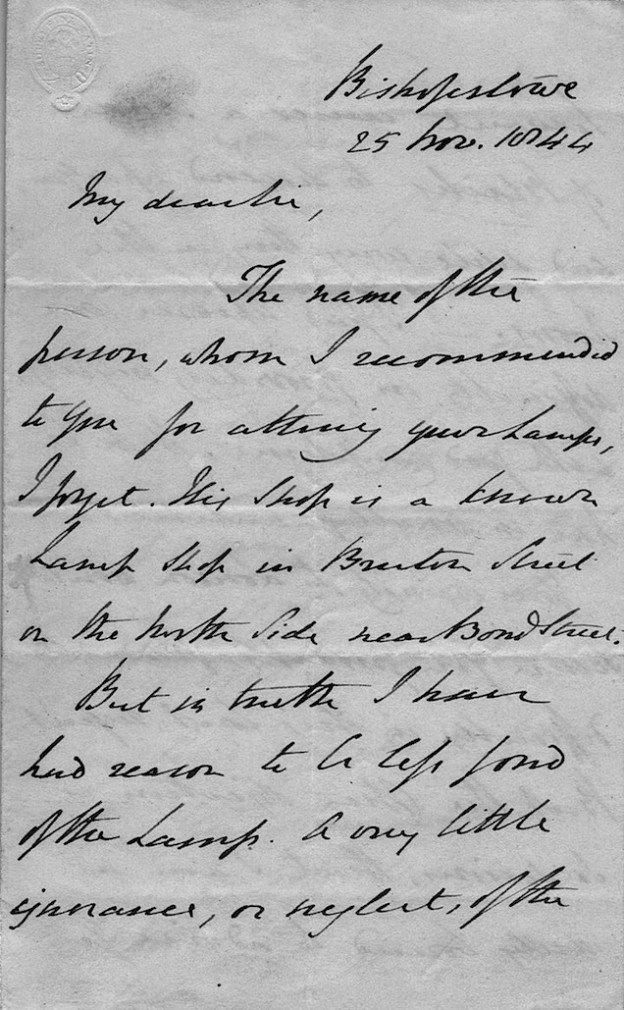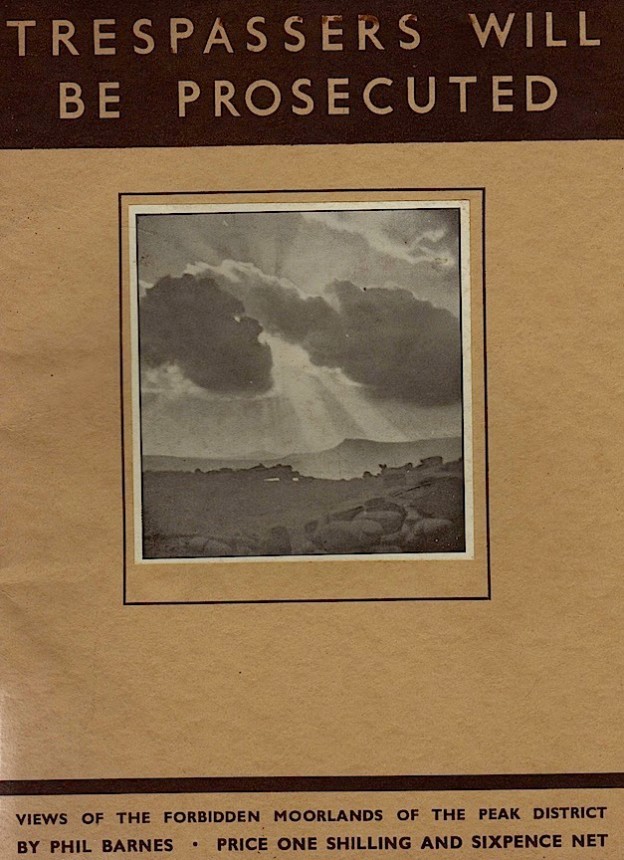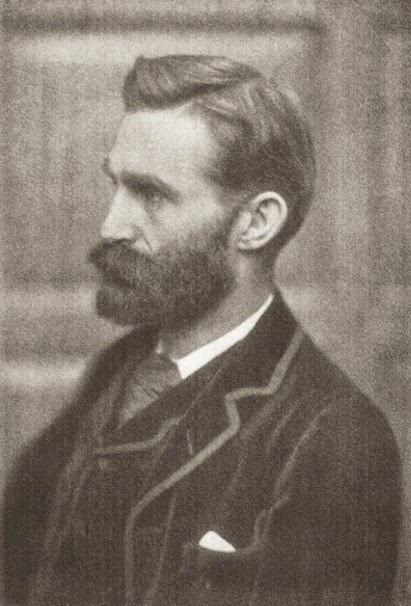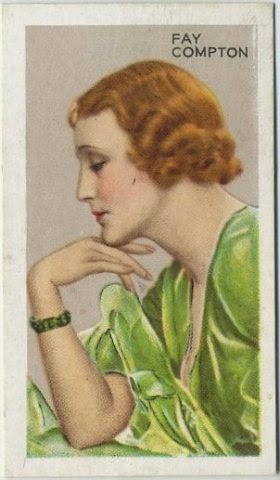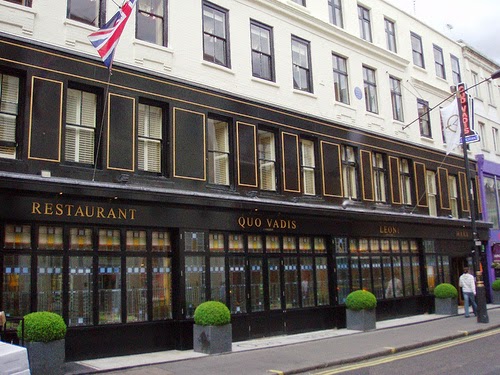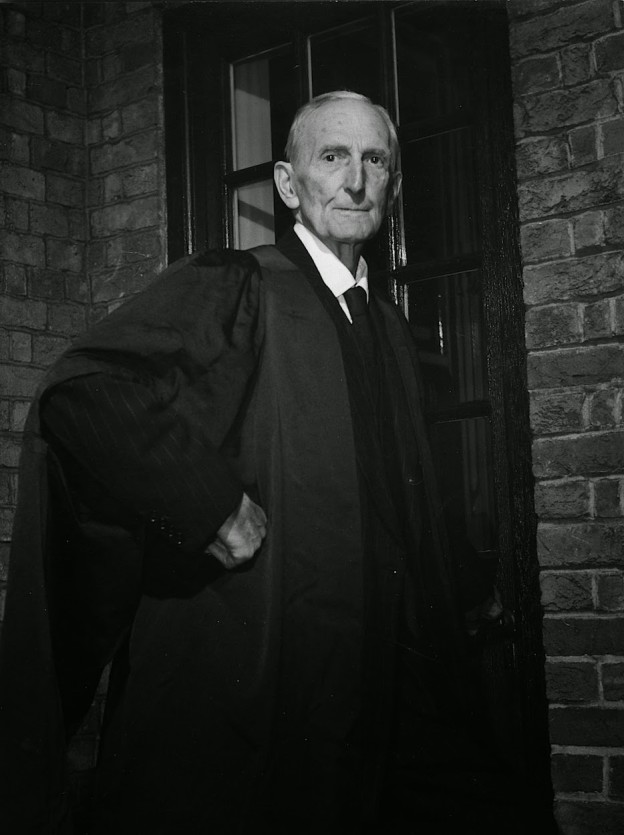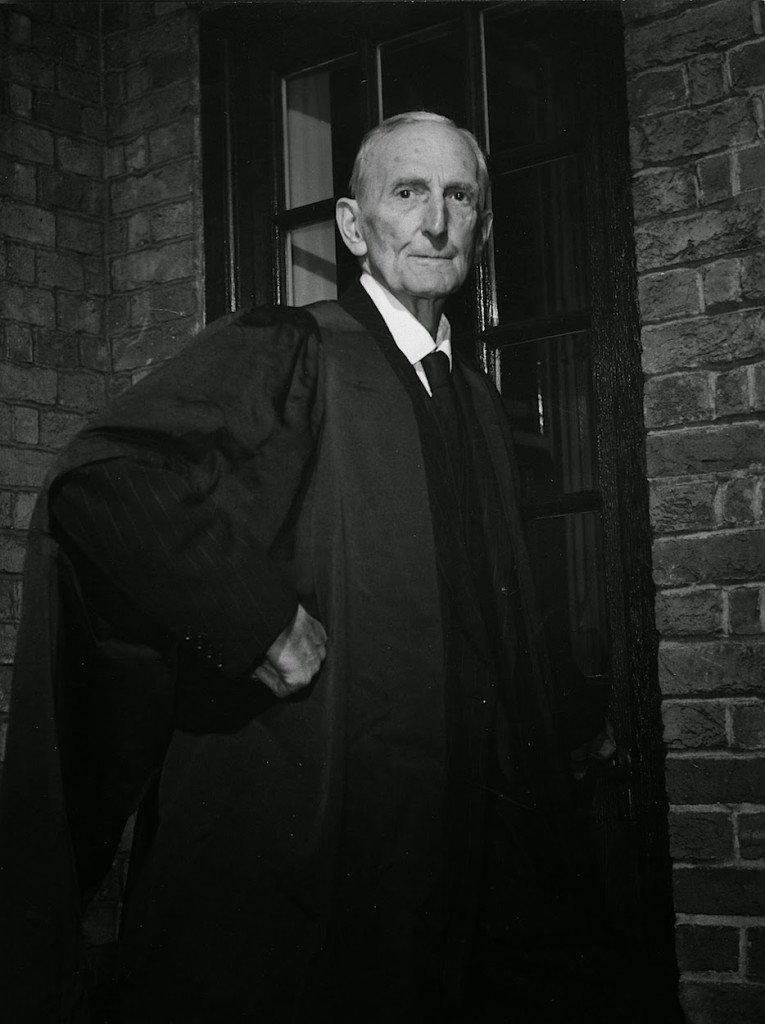 I came across this oddly named literary coterie quite recently in a catalogue by the august bookseller and writer John Saumarez Smith in a scholarly note about one of its members - the writer (anthologist) Robert Maynard Leonard (1869 - 1941) who among other things was secretary to the Anti-Bribery League, which sounds like something from a G K Chesterton short story. Members of the 'Cemented Bricks' included Richard le Gallienne, Walter Jerrold, Sir John Parsons, Lord Amulree and Joseph Knight. The web yields very little about them except this page from The Sketch of 13/2/1895 bought for the price of a mocha latte on eBay. It remains unknown to Google books and even Brewster Kahle (praise his name) has not archived it... At the same time we bought another in the series of 'Literary Cranks of London' on 'The Vagabond Club' which will follow later.
I came across this oddly named literary coterie quite recently in a catalogue by the august bookseller and writer John Saumarez Smith in a scholarly note about one of its members - the writer (anthologist) Robert Maynard Leonard (1869 - 1941) who among other things was secretary to the Anti-Bribery League, which sounds like something from a G K Chesterton short story. Members of the 'Cemented Bricks' included Richard le Gallienne, Walter Jerrold, Sir John Parsons, Lord Amulree and Joseph Knight. The web yields very little about them except this page from The Sketch of 13/2/1895 bought for the price of a mocha latte on eBay. It remains unknown to Google books and even Brewster Kahle (praise his name) has not archived it... At the same time we bought another in the series of 'Literary Cranks of London' on 'The Vagabond Club' which will follow later.
The Literary Cranks of London.
The Cemented Bricks.
The Cemented Bricks.! Who or what are they? Is it a new order of Hod-fellows, or is it a building society?
That question, or series of questions, was put to me by a lady three years ago. This article will supply the answer.
Continue reading


